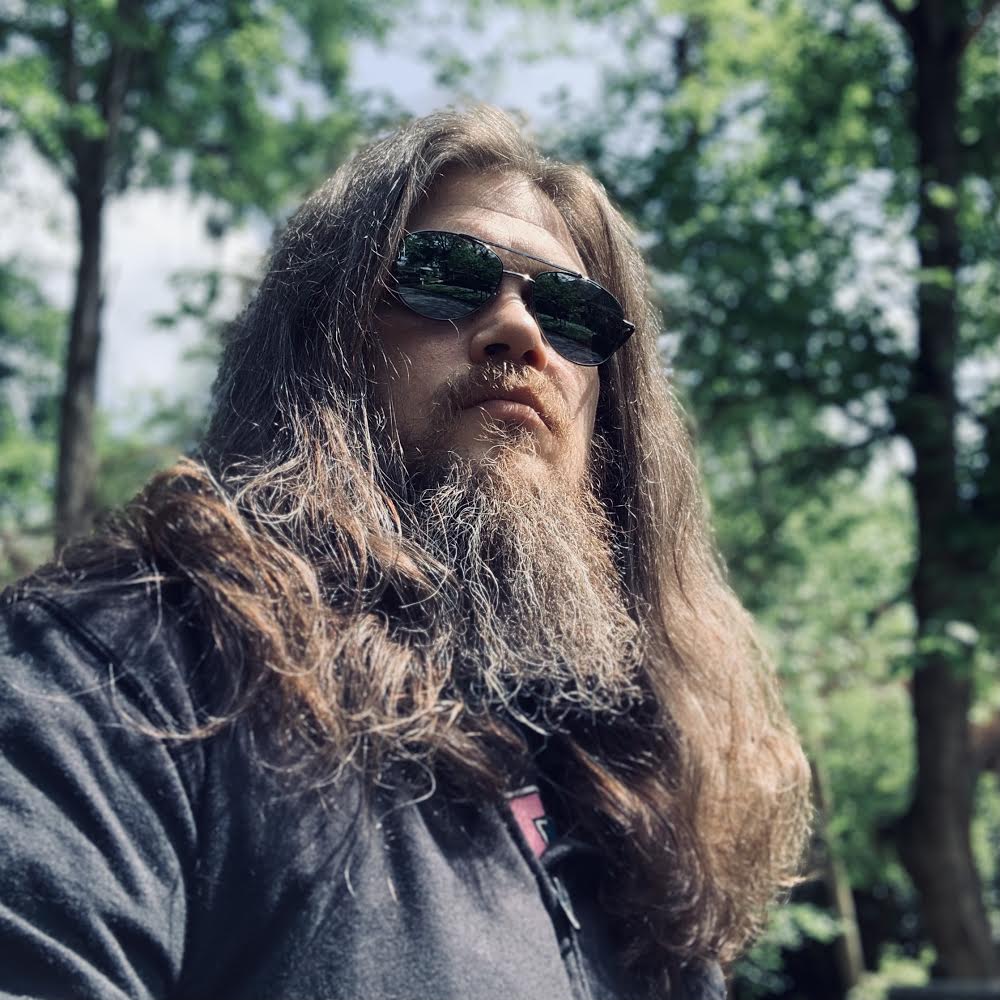Who is Martian Manhunter and what are his powers?
J'onn J'onzz, the Martian Manhunter, is one of DC's oldest - and most unknown - superheroes

Later this month, the long-awaited 'Snyder Cut' of Warner Bros.' Justice League movie arrives on HBO Max. And along with the many new scenes, characters, and concepts to be introduced with Zack Snyder's redux of the film, a classic Justice League character is joining the ranks of the big screen team, with actor Harry Lennix portraying J'onn J'onzz, the Martian Manhunter.
Lennix portrayed Secretary of Defense Calvin Swanwick in Snyder's Man of Steel – a character who will reportedly be revealed as the human identity of the Martian Manhunter in Snyder's DC film continuity.
For many fans, the Martian Manhunter isn't the same level of household name as his Justice League contemporaries Superman, Batman, Wonder Woman, or even Aquaman. But Martian Manhunter has been with the team since its founding and predates even Barry Allen in the DC Universe as one of the first superheroes of the Silver Age.
Despite his relatively low pop-culture profile, Martian Manhunter/J'onn J'onzz has had a massive impact on the legacy of the Justice League, and the DC Universe overall. We'll break down everything you need to know about Martian Manhunter's history and powers right now.
Who is Martian Manhunter and what are his powers?
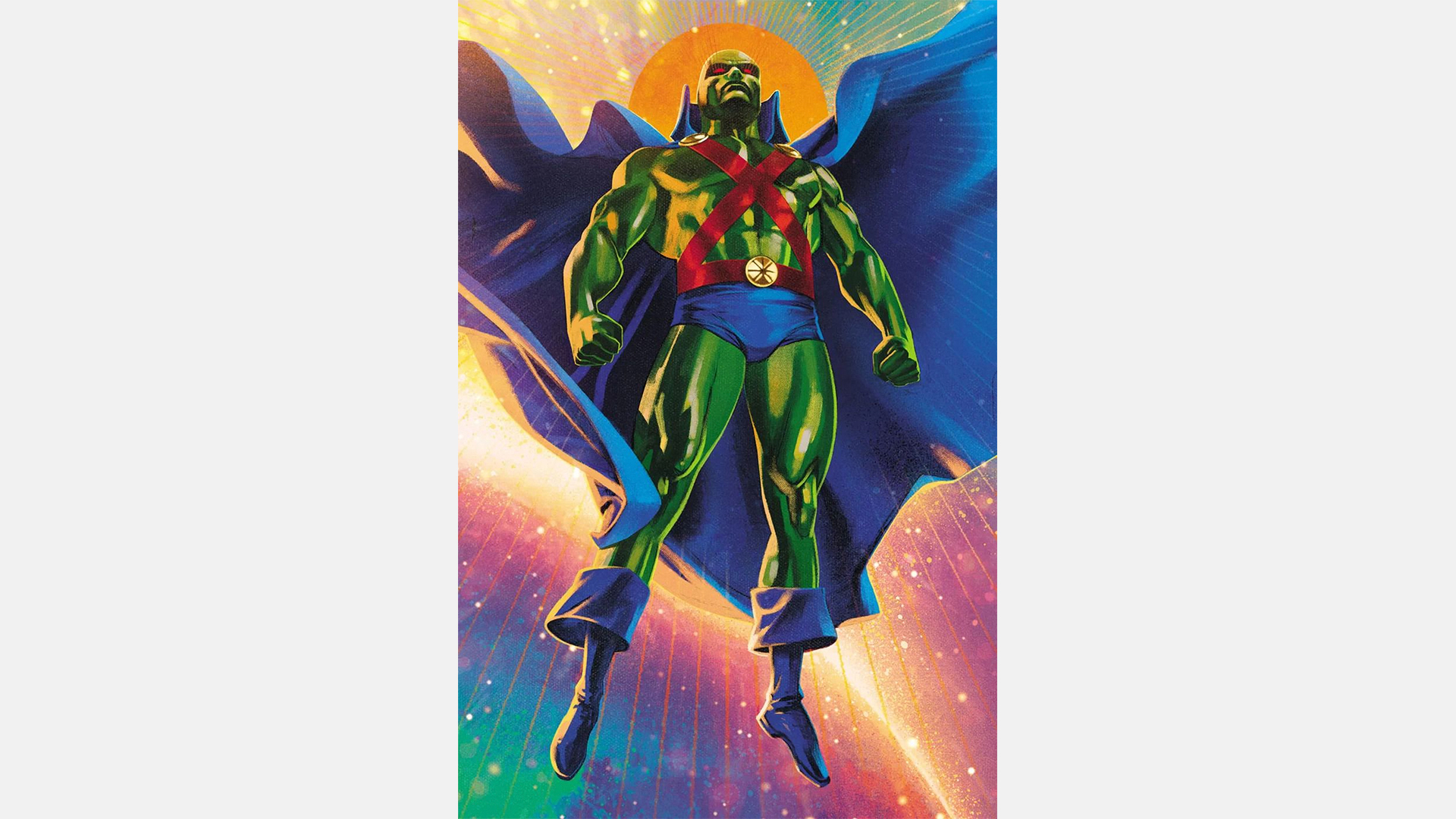
Martian Manhunter's history can be separated into two distinct eras – pre-Crisis and post-Crisis. (For those unfamiliar with the terms, pre- and post-Crisis refer to stories that took place before or after the DC 1985-86 reboot storyline 'Crisis on Infinite Earths').
In the pre-Crisis era, Martian Manhunter made his debut in a back-up story in 1955's Detective Comics #225, created by writer Joseph Samachson and artist Joe Certa. As established in that tale, Martian Manhunter is actually J'onn J'onzz, a Martian who was summoned to Earth by a scientist named Dr. Erdel who had invented a machine to contact Mars.
Startled by J'onzz's appearance, Erdel died and was unable to use his machine to send him back, leaving the Martian to remain on Earth. He took up the human identity of 'John Jones' (a fairly self-explanatory pseudonym), a detective in the fictional Middleton, USA, moonlighting as the superheroic Martian Manhunter.
Comic deals, prizes and latest news
Get the best comic news, insights, opinions, analysis and more!
As a Martian, J'onn J'onzz's powers are both vast and ill-defined. Throughout the Silver Age, Martian Manhunter regularly underwent Superman-esque power increases, seemingly adding abilities to his starting powerset of super-strength, flight, and shapeshifting almost at random. Even in the modern era, Martian Manhunter has a regular habit of discovering, developing, or otherwise revealing new and secret ways to use his powers as his stories have dictated.
To simplify things somewhat, J'onn's powers boil down to absolute mastery of mind over matter. He can shapeshift into the forms of other people (kinda like a Skrull from the Marvel comic book and cinematic universes), he has super-strength, flight, and he can make himself intangible, and of course he has a vast array of psychic powers revolving around telekinesis and telepathy.
He also has a traditional weakness to fire, which has had different effects on him over the years, usually having to do with breaking down his ability to hold his malleable shapeshifting form.
More than anything, Martian Manhunter's place in the DC Universe has been defined, as you may guess, by his Martian ancestry.
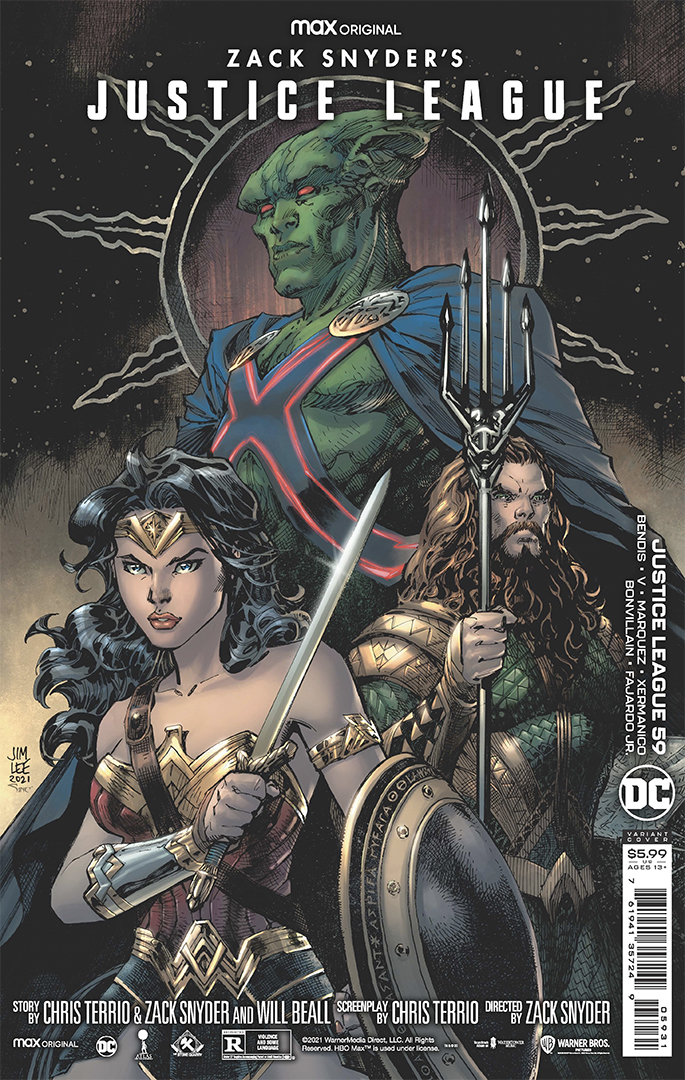
In the Silver Age of comic books (roughly defined as 1956 to 1970) , J'onn J'onzz was taken away from a thriving society on Mars, where he was a respected citizen with a family and a life all his own, all of which were still theoretically awaiting him on Mars, should he ever find a way home. In fact, after a few years with the Justice League, of which he was a co-founder (we'll get into it), he actually did return to Mars to become the planet's leader, resulting in a long period of absence from the DC Universe outside a handful of cameos, usually alongside the Justice League.
Martian Manhunter returned in earnest to the Justice League in the early '80s, though his history was quickly redefined, as were many characters' stories, by the DC reboot 'Crisis On Infinite Earths' (here's where that whole 'post-Crisis' thing comes in).
Following 'Crisis,' J'onn J'onzz once again became a core member of the publisher's new incarnation of the Justice League, serving as something of a senior member alongside Batman and a bevy of new recruits (some of whom had different histories with the League prior to the reboot). He also received his own Martian Manhunter limited series from writer J.M. DeMatteis and artist Mark Badger which totally redefined key aspects of his history, and shed more light on his interior life.
A few aspects of J'onn's original history hold over into the modern age, including his summoning to Earth by Dr. Erdel, his secret identity of John Jones, and some of his powers, but by and large, his history was rewritten post-Crisis.
No longer a refugee from a still-thriving Martian society, Dr. Erdel's machine had transported J'onn J'onzz not just through space, but through time – with Martian society now collapsed, and J'onn's family and friends all lost to the ages. However, in this version of the story, Erdel survived their meeting, becoming a human confidant for J'onn in his early years on Earth.
Additionally, J'onn's appearance was slightly redefined. Rather than simply having a human-like Martian appearance with green skin and odd features, it was explained that J'onn's superheroic Martian Manhunter form is only one of several regular forms in his shapeshifting repertoire, with his true form actually a much more alien Martian appearance, which has since become more visible in some of Martian Manhunter's regular looks.
It's this version of Martian Manhunter that seems to inspire the version coming to Justice League: The Snyder Cut, with movie-style art from DC publisher Jim Lee showing a more alien look for the big screen J'onn J'onzz.
How does Martian Manhunter fit into the DC Universe?
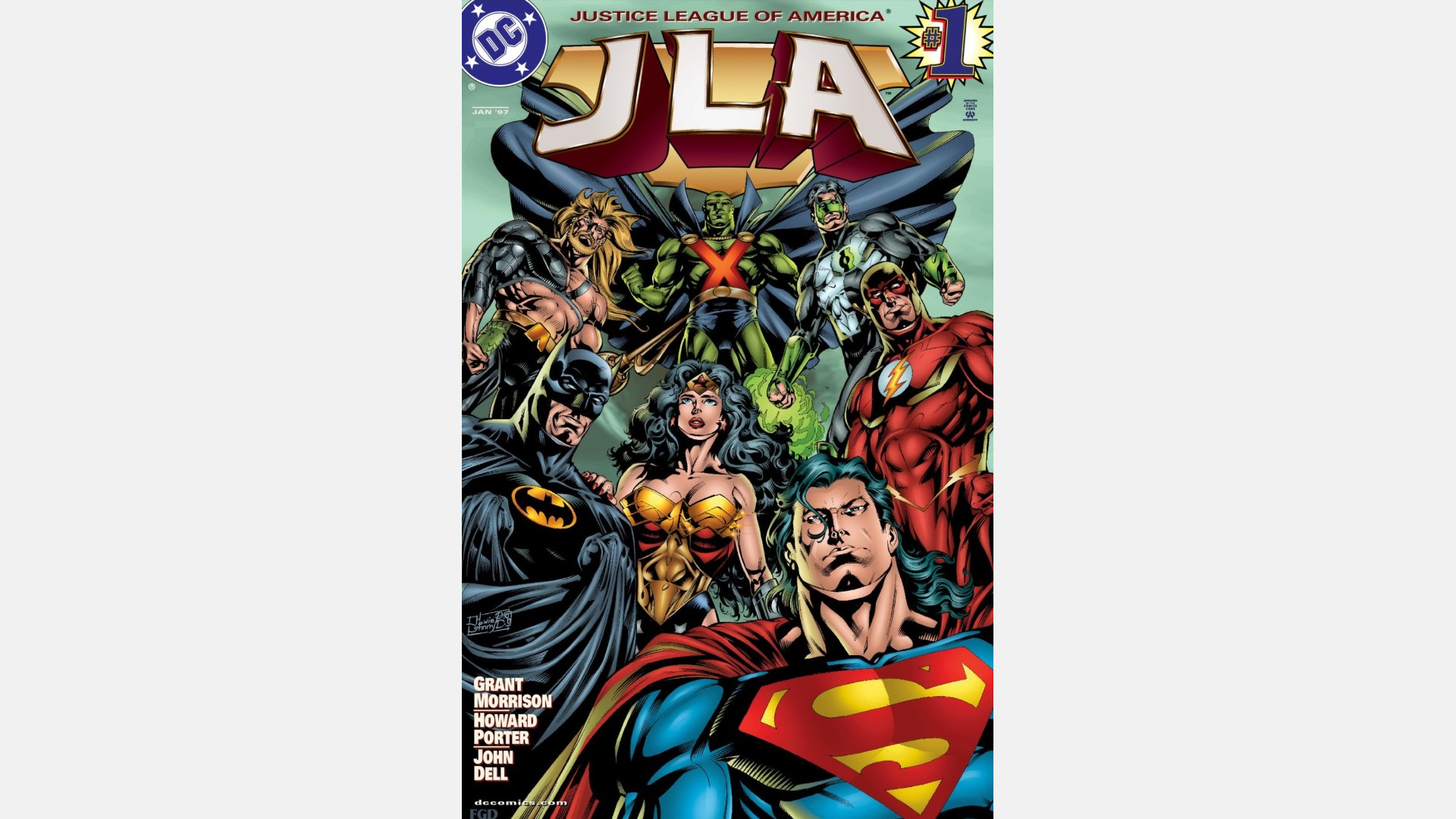
Over the years, Martian Manhunter has only rarely had his own starring title. From 1954 through the early '60s, he appeared in back-up stories in Detective Comics, till his feature briefly moved to the title House of Mystery before being canceled altogether.
Though he also had a few limited and ongoing series over the years (usually short-lived), Martian Manhunter's prominence in the DC Universe came primarily through his membership in the Justice League.
As we said, Martian Manhunter was one of the founding members of the Justice League in 1960's Brave and the Bold #28, written by Gardner Fox, who came up with the idea of putting some of DC's top heroes together as the Justice League, a modern update of the publisher's Golden Age team the Justice Society of America.
Originally consisting of Superman, Batman, Wonder Woman, Flash, Green Lantern, Aquaman, and Martian Manhunter (still considered by many to be the 'Big Seven' Justice League members), Superman and Batman quickly became relegated to reserve members of sorts, showing up sparingly alongside the League as DC became skittish that putting their two biggest selling characters in a team book might tank their solo titles.
This absence paved the way for secondary heroes such as Green Arrow, the Atom, and Hawkman to be added to the team, becoming core characters in the title – and for Martian Manhunter to regularly step up as the Justice League's powerhouse in Superman's absence.
When DC realized that rather than taking away from Batman and Superman's solo sales, their appearances were actually just boosting Justice League's numbers, they were slotted back in as regular members, leaving J'onn J'onnz to take a backseat and eventually to his return to Mars, where he remained for almost 20 years, appearing only sporadically in the meantime.
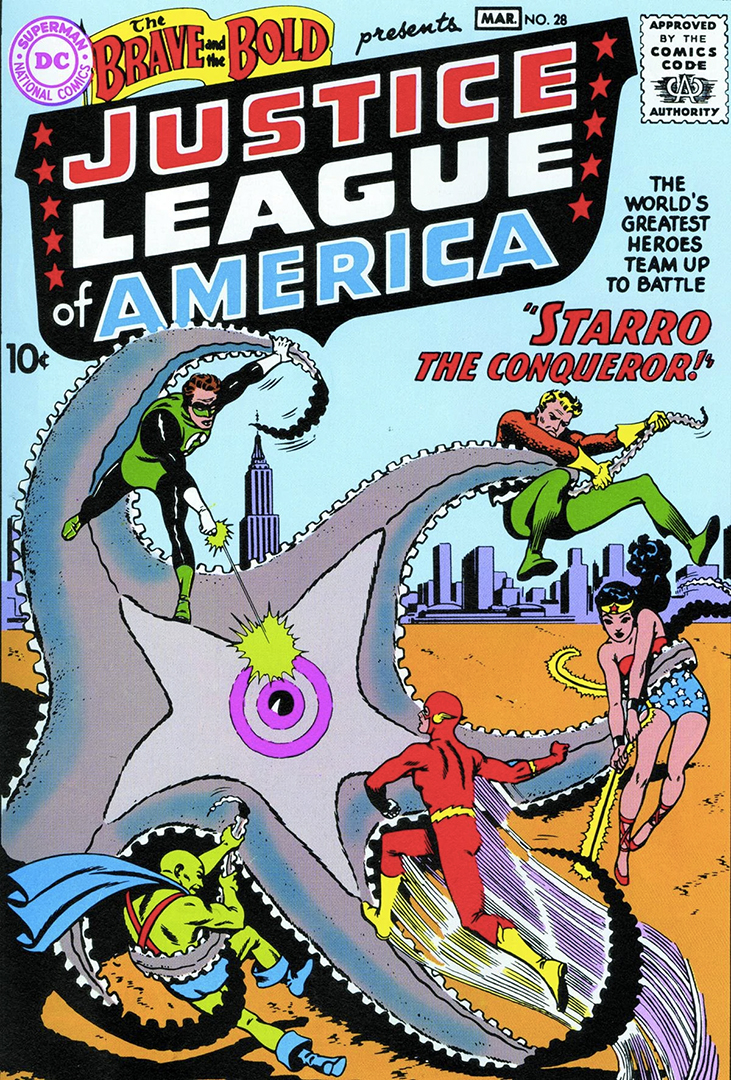
Following a long absence as a regular DC character, Martian Manhunter reappeared in the early '80s joining the Justice League's legendary 'Satellite League,' positioned on a satellite headquarters orbiting the Earth, before the team moved into a new era with the so-called 'Detroit League' which radically altered the team's line-up and moved its headquarters to, as the name implies, Detroit, Michigan.
Then 'Crisis on Infinite Earths' happened, and the League was pushed back to prominence – with Martian Manhunter and Batman as senior members. Alongside the new story elements we mentioned being added to his origin, this era also added to J'onn's relationship with the League, making him the heart and soul of the team (and its primary source for Oreos, which J'onn became obsessed with after being offered some by then-teammate SHAZAM!).
In the late '90s, writer Grant Morrison and artist Howard Porter once again revitalized the Justice League, focusing on the 'Big Seven' line-up of Superman, Batman, Wonder Woman, Flash, Green Lantern, Aquaman, and Martian Manhunter (though as usual the line-up eventually expanded).
For the new Justice League's first big story JLA: New World Order, Morrison and Porter drew on Martian Manhunter's history to create a new, deadly threat for the League – a team of white Martians known as the Hyperclan who arrived on Earth as counterfeit heroes, before revealing their plan to conquer Earth as a new home.
In addition to setting up the new League's capabilities and launching their new title with a blockbuster story, the Hyperclan revamped a long-dormant aspect of Martian Manhunter's history.
Introduced in 1967's Justice League of America #71 with the villainous Martian conqueror General Blanx, the White Martians were originally tyrants trying to take over Mars. The '90s version re-established White Martians as Martian separatists who believed in their own superiority, unlike other Martians whose shapeshifting nature meant they had no concept of discrimination based on appearance.
Even since the days of General Blanx, the White Martians have been depicted as conquerors, seeking a new homeworld or trying to take over Mars (when it had a society, back in the Silver Age).
2011's 'New 52' reboot removed Martian Manhunter as one of the in-continuity founders of the Justice League, with the team's seventh founder slot now taken by Cyborg, with a whole new origin for the team. Over the years, as the 'New 52' incorporated more and more aspects of previous DC continuity, it was revealed this version of the Martian Manhunter had a secret history with the League – though it was often adversarial.
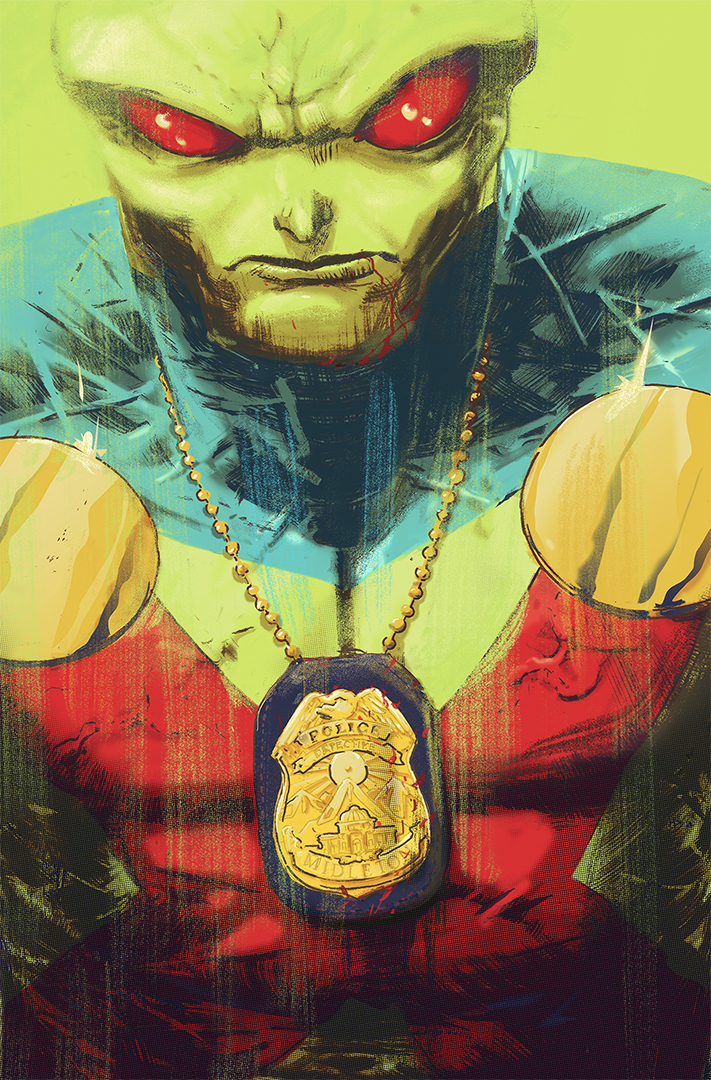
When DC restored most of its continuity with 2016's 'Rebirth,' Martian Manhunter was brought back to prominence, with a 12-issue limited series titled Martian Manhunter: Identity. This redefined Martian Manhunter's origins once again.
Now, J'onn J'onzz was a corrupt cop on Mars, who lost his family to a psychic plague that eventually wiped out every other Martian, with J'onn being spared when Dr. Erdel's experiment brings him to Earth. Dr. Erdel dies, and J'onn hides on Earth in Midleton, Colorado (spelled with only one 'L' in the series) until a tragic accident leads to him taking the form of police officer John Jones. With a new human form and identity, Martian Manhunter takes the opportunity to rectify his corrupt law enforcement legacy by inhabiting Jones's life and career.
While it's not exactly clear which aspects of J'onn's history have been incorporated into his core DC Universe narrative, some other parts of his past have now returned definitively to the DCU.
The Hyperclan recently returned as part of DC's 2021 Future State event, which showed flash-forward looks at possible futures for DC's heroes. In Future State: Justice League, the Hyperclan uses their shapeshifting powers to try and replace the Justice League of the era, consisting of the children and successors of the classic League.
DC Future State has led to a new DC Universe comic book status quo in which each character's history can be drawn on fully, allowing writers to pull from any era of DC continuity for their stories, with less emphasis placed on how each event in a given character's past fits into a specific timeline.
Essentially, this means even though the core DC Universe Batman (for example) has only been around for 10-15 years in continuity terms, future stories could reference the events of any story in his 80+ year history without necessarily having to figure out where it fits in the timeline of his career. The same holds true for all DC's other heroes, including Martian Manhunter.
While this presents slight issues for some characters' continuity (which DC has explained as a necessary evil of its attempt to open the doors to past, previously defunct stories), it also leaves some question of how J'onn J'onzz will fit into the "new" history of the DC Universe, which includes some contradictory story beats for his past.
Will Martian Manhunter be restored as a founding member of the Justice League? Will his most recent origin, which incorporates many bits of previous versions of his backstory, carry over as the now definitive version? Time will tell.
Martian Manhunter outside of comic books
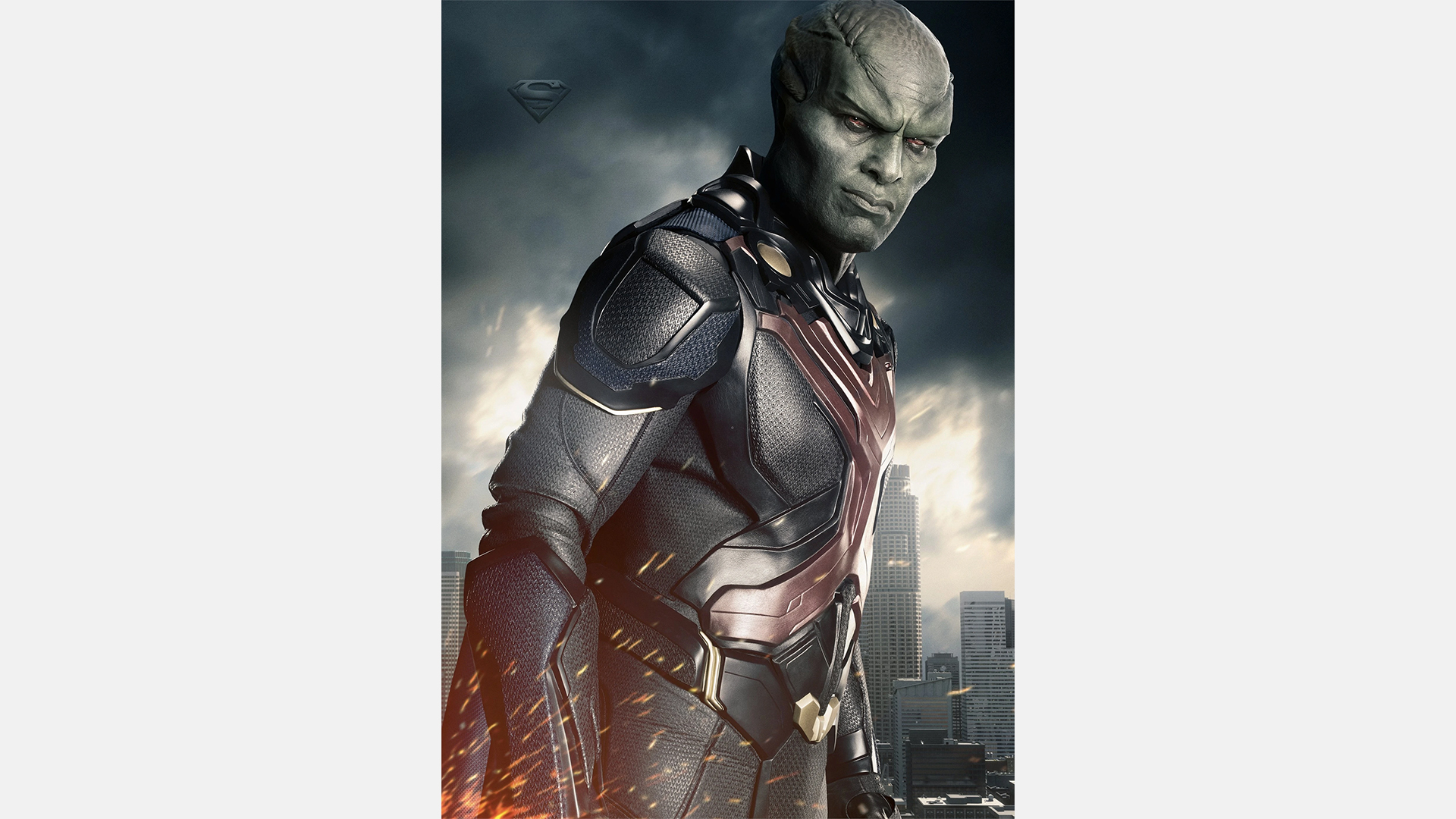
Martian Manhunter isn't exactly a totally obscure, unknown character.
Starting in the '80s when he returned to the Justice League, Martian Manhunter was included in most of DC's merchandising as one of its most colorful characters. Fans of a certain age will recall Martian Manhunter as one of the characters in the first wave of Hasbro's vaunted Super Powers toyline, which constituted the first exposure to DC comics for many young fans thanks to the mini-comics included with each figure.
And of course, an entirely different generation of fans knows J'onn J'onzz (if not his rarely used by the show codename Martian Manhunter) from the Justice League and Justice League Unlimited animated series, where he was the League's de facto strategist and sometimes leader, voiced memorably by Carl Lumbly.
He also had a role on the long-running Superman prequel show Smallville, played by Phil Morris as an old friend of Superman's deceased father Jor-El.

Nowadays, fans of CW's Arrowverse will likely know Martian Manhunter best from his role in Supergirl, where he's played by David Harewood. Interestingly, in Supergirl, J'onzz's human identity is Hank Henshaw, an ally of Supergirl in the Department of Extranormal Operations. In comic books, Hank Henshaw is the human identity of a totally different character, the villainous Cyborg Superman.
Now, in Justice League: The Snyder Cut, he'll reportedly come to the big screen courtesy of actor Henry Lennix, who portrayed the character Calvin Swanwick in Man of Steel. Snyder later confirmed that Swanwick was to eventually be revealed as the Martian Manhunter.
Earlier this year, Lennix confirmed his role as Martian Manhunter in Snyder's re-shot film, saying it amounted mostly to a cameo.
"I don't know what's going to be left on the floor, if any, but I didn't shoot an inordinate amount," Lennix told Variety back in February. "My work is not central, as it were, to the movie. It may be to a plot point. But I don’t think you'll start talking about that character more than, say, Superman."
Despite this, for many long-time Justice League fans, Martian Manhunter's reported inclusion in a film presented as Zack Snyder's definitive vision of the Justice League may be an essential nod to the character's storied history with DC's greatest superhero team.
Martian Manhunter has been a key character in some of the best Justice League stories of all time.
I've been Newsarama's resident Marvel Comics expert and general comic book historian since 2011. I've also been the on-site reporter at most major comic conventions such as Comic-Con International: San Diego, New York Comic Con, and C2E2. Outside of comic journalism, I am the artist of many weird pictures, and the guitarist of many heavy riffs. (They/Them)
